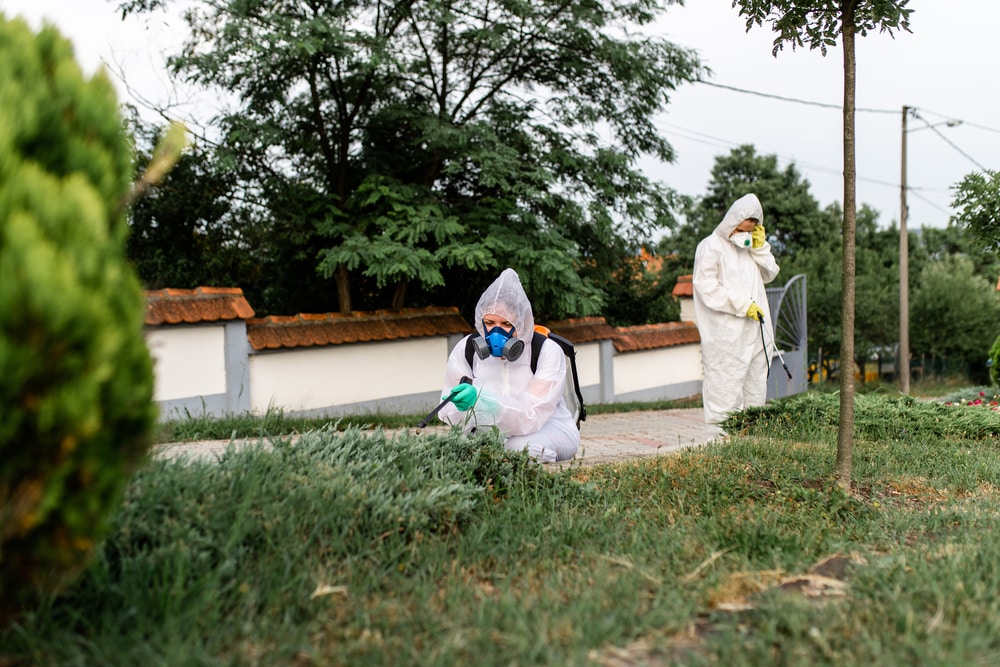You might not even see these tiny intruders as they attack, but the damage they can do to your pretty green lawn is obvious. Some insects love to munch on the tender roots of your grass, chew on the blades and even drag entire blades of grass into their burrows for later snacking.
When clients come to us with tales of yellowing grass, brown patches, or tiny pale brown moths zigzagging above their lawn at dusk, we nod knowingly. Lawn pests.
Introducing some of the most damaging lawn pests in New York and Connecticut. Cringe if you must, but take heart — we’ll also share what you can do to prevent and get rid of them.
The Grub
The GrubEven his name sounds gross. Grub actually refers to the larval stage of many different beetles, including the Japanese beetle and the June bug.
Grubs may be the most damaging lawn pests in the United States. According to the U.S. Department of Agriculture, Japanese beetle grubs alone cause an estimated $234 million in damage each year, including the cost to control them and to replace damaged turf.
The European chafer grub, seen in the accompanying photo, isn’t as widespread as the Japanese beetle, but it’s even more damaging to home lawns.
What it does: The grub lives below ground and feeds on the roots of tender grass plants, killing the grass. They’re most destructive mid to late summer, but the damage they cause may not show up until early fall and by then, it’s too late.
What you’ll see: Irregular patches of yellowed or dead grass.
How to control it: The best time to control grubs, with preventive grub treatment, is in early summer, just after they hatch and before they start causing extensive damage to your lawn.
Insecticides can be used on larger, established grubs in late summer or fall.
The Cutworm
Several species of cutworms attack turf in New England. They’re all pretty rude.
The CutwormWhat it does: Adults, as moths, migrate south in the autumn and return in the spring. When the adults return, they lay eggs on the tips of grass blades. Tiny caterpillars hatch out and begin to munch on the foliage. As they grow, they move deeper into the thatch, carving burrows. Some large caterpillars stick their heads out of their burrows at night, chop off grass plants within reach, and pull the blades back into the burrow for later nibbling.
What you’ll see: Damaged spots look like small, round dead areas and can persist for several weeks. Damage can occur any time from late May through the rest of the growing season. But they do the most damage early in the gardening season, when they emerge from hibernation.
How to control it: Birds, including blue jays, sparrows, blackbirds and wrens feed on cutworms. Place bird feeders close to your infested areas to attract them. Insecticides work pretty well on cutworms, as well as some biological control agents. The key is to apply the product when most of the caterpillars are still very small, in the spring.
The Chinch Bug
Chinch bugs are surface feeders, about 1/4 of an inch long and black with white
The Chinch Bugwings folded over their backs.
What it does: Chinch bugs feed on turf by sucking out plant juices and injecting salivary fluids into the leaves and stems. This blocks water and food, so the grass dies. Chinch bugs are most active in hot, dry, sunny conditions.
What you’ll see: Irregular patches of turf begin to turn yellow, then straw colored. The straw colored areas may be completely dead. These patches continue to become larger, even with regular watering.
How to control it: Early insecticide sprays can reduce the beginning spring population of chinch bugs. This works well if applied in April or early May, after adults have finished spring migrations and the young nymphs are just becoming active.
Slightly damaged turf will recover quickly if lightly fertilized and watered regularly. Heavily infested lawns that have lost a lot of grass will have to be reseeded.
Sod Webworms
Several species of sod webworms, also called “lawn moths,” are common lawn
The Sod Webwormpests. You might notice a group of these pale brown moths flitting over your grass in a jerky, zigzag pattern at dusk on a warm summer evening. They look harmless enough.
What they do: The webworm caterpillars chew off the grass blades close to the soil surface.
What you’ll see: Brown stubble, instead of grass. You might notice brown patches up to the size of a baseball in the lawn. These patches might be punctuated with pencil-sized holes made by bird beaks searching for the larvae. The heaviest damage is usually in early August.
How to control it: Water regularly and reduce thatch to help prevent the sod webworms from infesting. Thatch is a loose, jumbled up layer of dead and living shoots, stems, and roots that develops between the zone of green vegetation and the soil surface. Sod webworms love thatch, where they hang out just above the soil and feed on the undersides of grass blades. Insecticides should be applied to the surface of damaged areas when the larvae start to eat.

Neave Can Banish Your Damaging Lawn Pests
When insects start treating your turf like an all-you-can-eat buffet, there’s a wide variety of treatments available. Although there are several commercial pest control and DIY pest control products, sometimes these are not enough. We at Neave Lawn Care, can customize pest management solutions for your lawn. Neave Lawn Care will develop the perfect integrated pest control service for your specific circumstance.
We also offer tick and flea spraying, so you don’t have to worry about your four-legged loved ones playing outdoors and becoming infested with the pests. We know insects can be a serious threat to the health of your outdoor plant life. You’ve invested too much time and money in your lawn to have hungry pests destroy it. Stop insects and pests from damaging your lawn today.
If you’re in the Hudson Valley, call us at (845) 463-0592. If you’re in Westchester County, call (914) 271-7996; from Connecticut, dial (203) 212-4800. Or, fill out our simple web form, and we’ll contact you about setting up your free consultation.
Images: Grub, Cutworm, Chinch bug, Webworm




